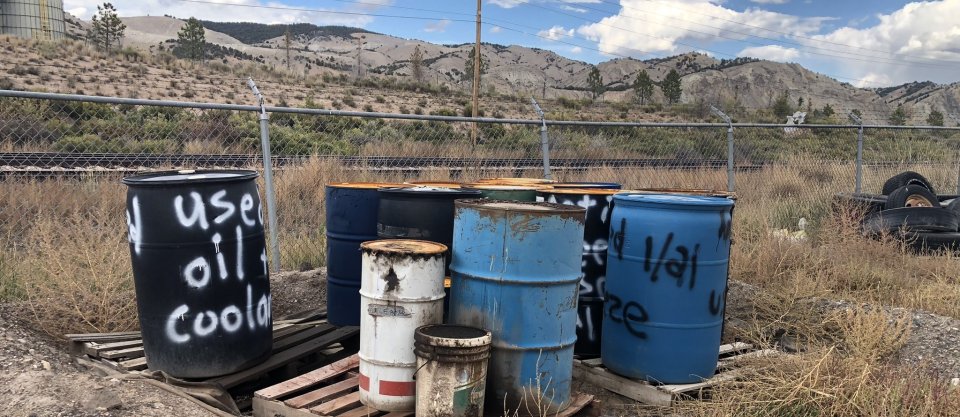Environmental Contamination at Brownfield Sites

Federal law defines a "brownfield site" as: "real property, the expansion, redevelopment, or reuse of which may be complicated by the presence or potential presence of a hazardous substance, pollutant or contaminant" [Comprehensive Environmental Response, Compensation and Liability Act §101(39)].
There are hundreds of types of hazardous substances, pollutants and contaminants that fall under CERCLA; some common examples are: Lead, asbestos, Polycyclic Aromatic Hydrocarbons (PAHs), Polychlorinated Biphenyls (PCBs), petroleum, Per- and Polyfluoroalkyl Substances (PFASs) and Arsenic.
Many commercial, industrial and agricultural, and even some residential areas may be environmentally contaminated due to current or past uses at the site. As a result of these uses, hazardous substances, pollutants and/or contaminants may be present in building structures, soil or water sources. These brownfields often pose health and safety hazards and can be difficult to reuse — even for properties in attractive locations such as a downtown district, commercial corridor, job center or along a waterfront.
Over time, the science on hazardous substances, pollutants and contaminants has evolved to demonstrate that exposure can be more dangerous to public health than previously understood. Therefore, protecting human health and the environment by assessing, cleaning up and remediating hazardous substances, pollutants and contaminants is a priority for EPA, States, Territories and Tribal Nations.

What does it mean if a hazardous substance, pollutant or contaminant is present or potentially present on a site?
The presence or potential presence of a hazardous substance, pollutant or contaminant means that community members may become exposed to contamination and subsequently may be at risk of becoming sick or developing other health issues. Addressing the real or perceived threat of contamination will prevent or limit harmful exposure.
How does the presence or potential presence of contamination complicate reuse?
The uncertainties surrounding whether — and to what degree — environmental contamination exists on a property contribute to disinvestment and blighted conditions. These brownfield conditions add stress to the local economy, environment and social well-being.
Many critical initial questions — such as whether a property is contaminated, what redevelopment options are both supported by the community and plausible given available resources, and how a property can be cleaned up and safely reused — can be informed using EPA's resources. When these initial questions are answered, investing in redevelopment becomes less risky, and potentially more attractive, for other investors.
EPA's resources can assist communities in quantifying and addressing the inherent risks of brownfields redevelopment. When the risks are known or reduced, the potential return on property investment most likely will increase. This increased potential return on investment can create opportunities for community revitalization.
Communities can seek support for a site that has the presence or potential presence of a hazardous substance, pollutant or contaminant by requesting support from EPA's technical assistance providers, or by seeking grant assistance for assessment, cleanup and job training at a brownfield site. Visit the Technical Assistance page for more information. These resources can help a community determine the likely presence, source(s) and extent of possible environmental contaminants.
Soil Screening Levels and Cleanup Levels at Brownfield Sites
States and Tribal Nations are the regulatory entities that oversee brownfield site assessment and cleanup, and as such they set soil screening and cleanup levels for brownfield sites. EPA's brownfield program refers to State and Tribal Response Programs for state- or Tribal-specific soil screening and cleanup levels.
